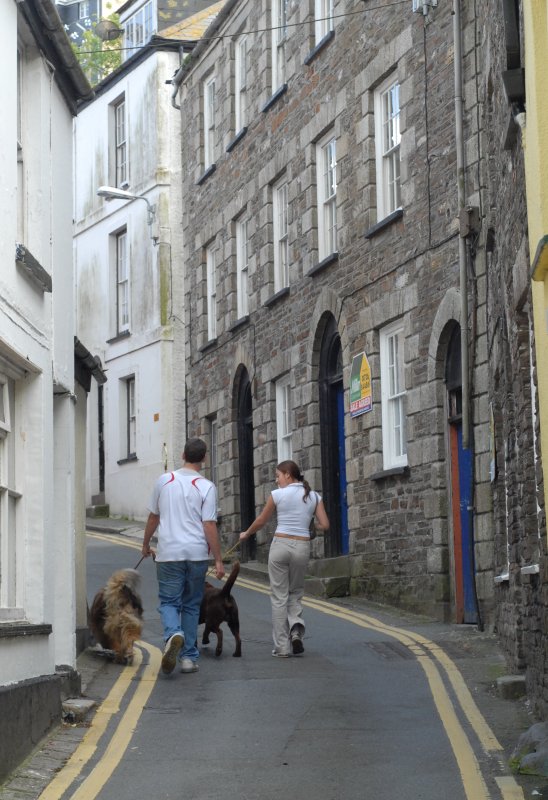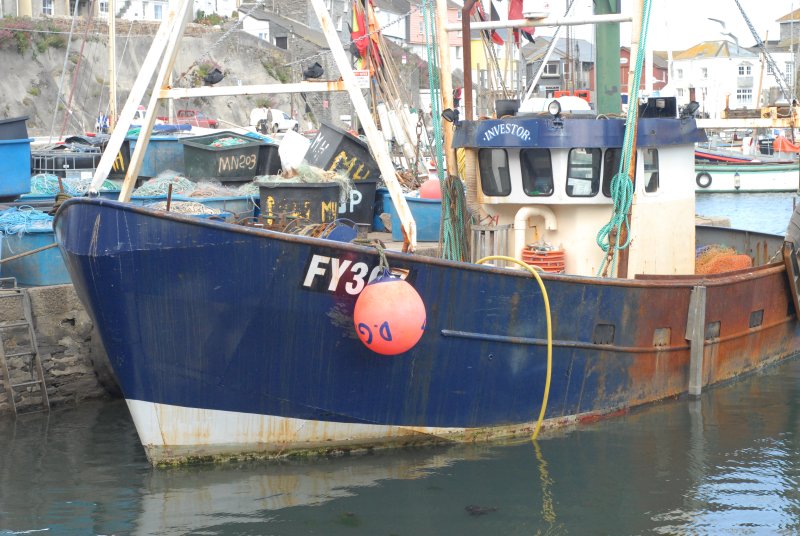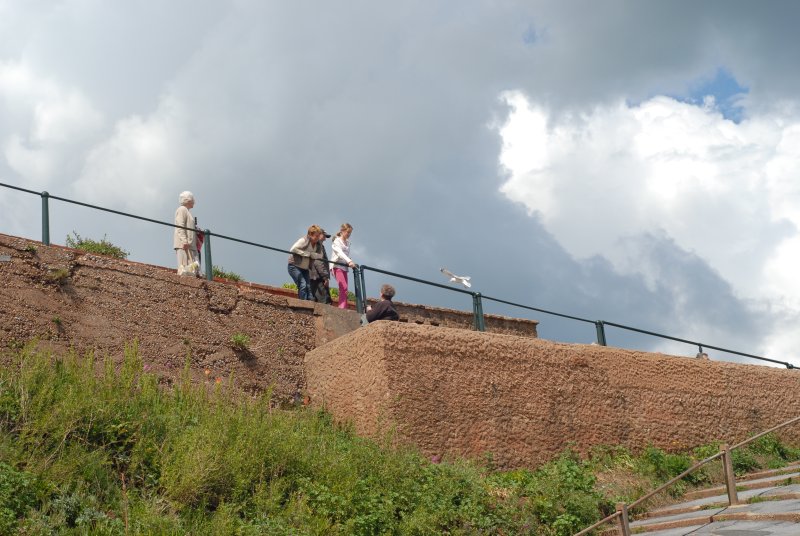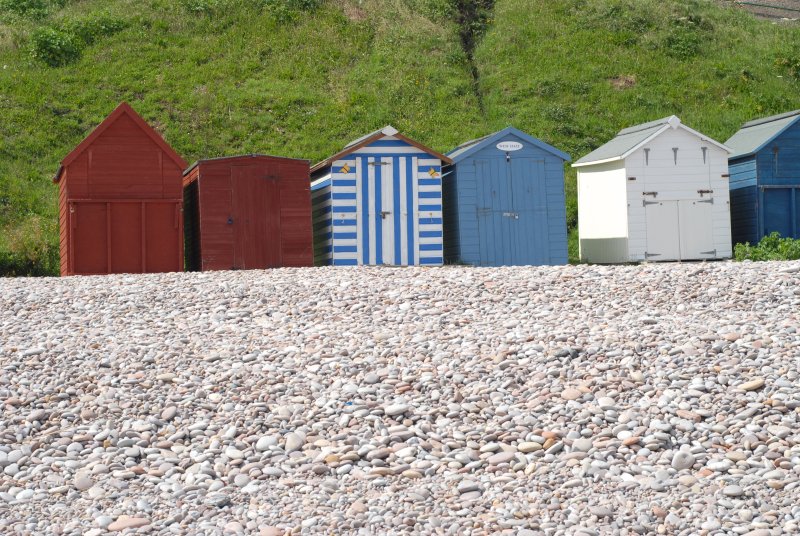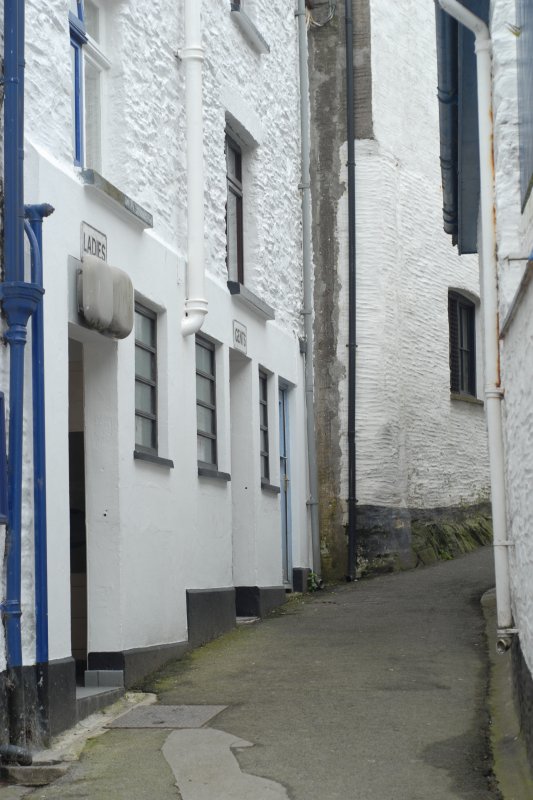There are plenty of stories in literature about the nameless horrors that lurk deep within the bowels of the London Underground. It’s popped up in TV, too – on both Quatermass and Doctor Who in the 1960s – and in film. In books, the first example that comes to the top of my head is a short story by Jeremy Dyson, but there are certainly many more. There are stories of secret tunnels and secret trains, lines disappearing into disused stations and abandoned passages.
Indeed, there are plenty of abandoned stations underneath London. There’s Down Street, for example, which was used as a set in Neverwhere.* There’s an entire disused railway, the Post Office Railway, running from Paddington to Whitechapel.** Not much is visible, though. The Post Office Railway was never open to the public, and disused parts of the Underground are generally very hard to see from passing trains. The occasional void, or brick wall, but that’s all.***
Paris, though. Paris is different. The Paris metro is full of secret passages. Every few hundred metres, there will be a mysterious junction. Lines will branch off into side tunnels, or delve between the other tracks, or disappear behind mysterious roller shutters in the tunnel walls. There are walkways and passageways, tracks that your train will never use, sidings deep under the city centre. In London the only place you’ll see trains parked underground is Triangle Sidings, between Earls Court and Gloucester Road; and that started out as an above-ground depot which disappeared under buildings in the 1960s. In Paris, there are trains parked all over the network, in single sidings, between stations. There’s so much to see if you look out of the window.
But does the Paris Metro have similar literature to the London Underground? Are there stories of monsters hiding in the Metro’s depths, or ghost trains rattling off down secret tracks, or secret government laboratories behind the roller-shuttered sidings? London has the literature, but Paris has the labyrinth visible from the train window.
* The “Down Street” in Neverwhere isn’t the real Down Street – but the real Down Street was also used for filming. If you’ve seen it: the dinner with Serpentine was shot on the remains of its station platforms, during normal service, with trains passing in the background.
** Which was also used as a filming location for Neverwhere, and also crops up in the love-it-hate-it Bruce Willis comedy Hudson Hawk pretending to be in Rome.
*** During the war most of the disused stations were converted into government offices – including the platforms, several of which had the platforms removed and brick walls built to partition the usable space off from the running lines. So if you’re deep under London and suddenly see a brick wall by your carriage window for a few seconds, it’s probably a disused station.
Keyword noise: disused, disused underground stations, Doctor Who, Down Street, Jeremy Dyson, labyrinth, literature, London, London Underground, Neverwhere, Paris, Paris Metro, Post Office Railway, secret tunnels, underground.

 Home
Home
